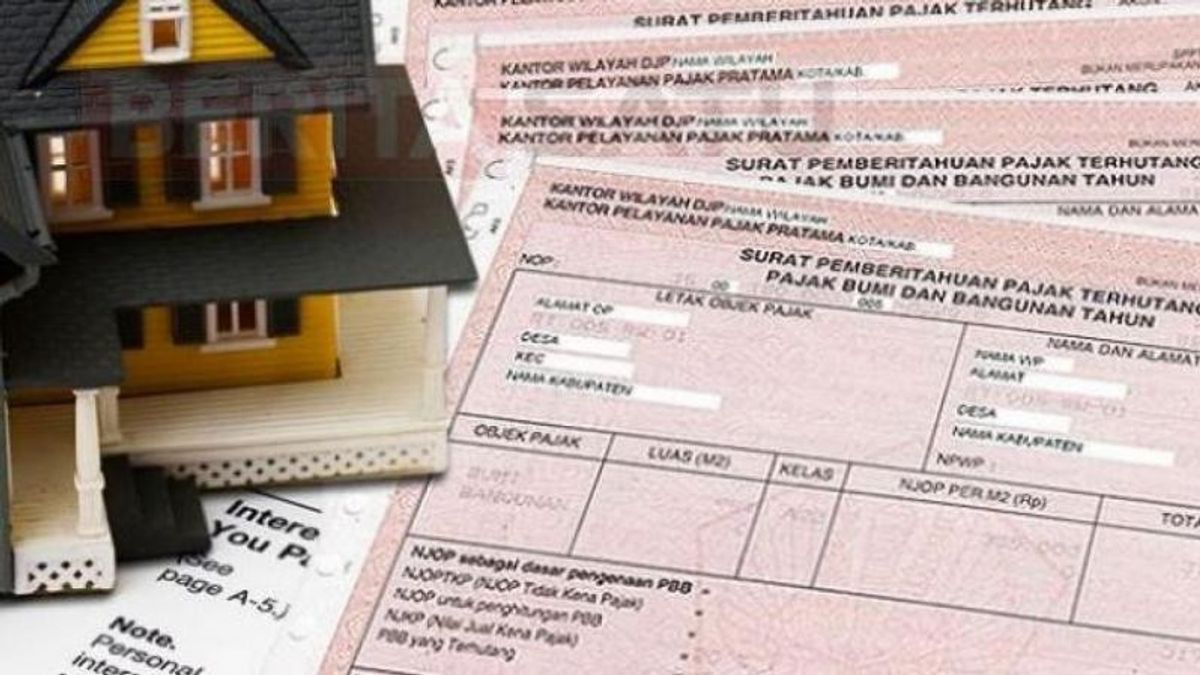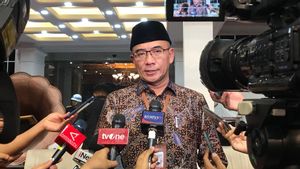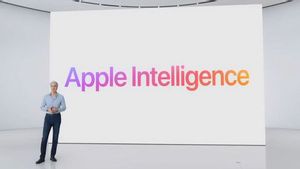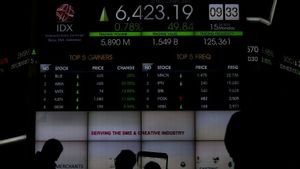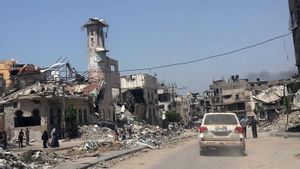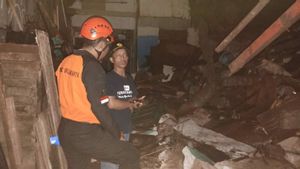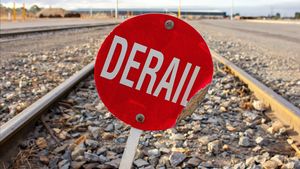YOGYAKARTA In Indonesia, ownership of the rights, control, and benefits of a land will be taxed in the name of the Land and Building Tax (PBB). This UN tax must be paid by land and building owners. The United Nations itself has two imposition systems, namely PBB P2 and PB P3. Then what is the understanding and difference between PBB P2 and PBB P3?
In general, PBB P2 and PBB P3 are two management systems in the United Nations. The two systems emerged since the Regional Tax Law and Regional Retribution (PDRD) which was passed on September 15, 2019.
Prior to being ratified by PDRD, levies carried out in all sectors of the United Nations were regional authorities. However, currently the authority is divided into two, namely for the central and regional levels. In general, the differences between PBB P2 and PBB P3 are in the authority, objects, and tariffs of each system. Here's the explanation.
The most distinguishing between PBB P2 and P3 is its voting authority. The PBB P3 authority is the central government, while the PBB P2 has its authority in the regional government.
Taxes imposed on PBB P2 and P3 have different objects. P2 objects are regulated in Article 24 of Law no. 1 of 2022. The law states that the object of PBB P2 is the earth and/or buildings owned, controlled, and/or utilized by individuals or entities, except for areas used for plantation, forestry, and mining business activities.
There are several things that are excluded in the PBB object P2. The excluded objects are ownership, control, and/or utilization of several things, namely as follows.
SEE ALSO:
Meanwhile, the object of PBB P3, is regulated in the Article of Regulation of the Minister of Finance No. 186/PMK.03/2019 (PMK-186/2019). Based on this regulation, the object of PBB P3 is classified into several, namely as follows.
Based on the new regulation, namely the Law on Harmonization of Tax Regulations (UU HKPD) Number 1 of 2022, the maximum tariff for PBB-P2 is 0.3 percent. The nominal amount also varies because it adjusts to local government (Pemda) policies.
Meanwhile, the PBB-P3 tariffs imposed are greater and are subject to a single tariff of 0.5 percent.
Those are some of the differences between PBB P2 and PBB P3. Visit VOI.id to get other interesting information.
The English, Chinese, Japanese, Arabic, and French versions are automatically generated by the AI. So there may still be inaccuracies in translating, please always see Indonesian as our main language. (system supported by DigitalSiber.id)
